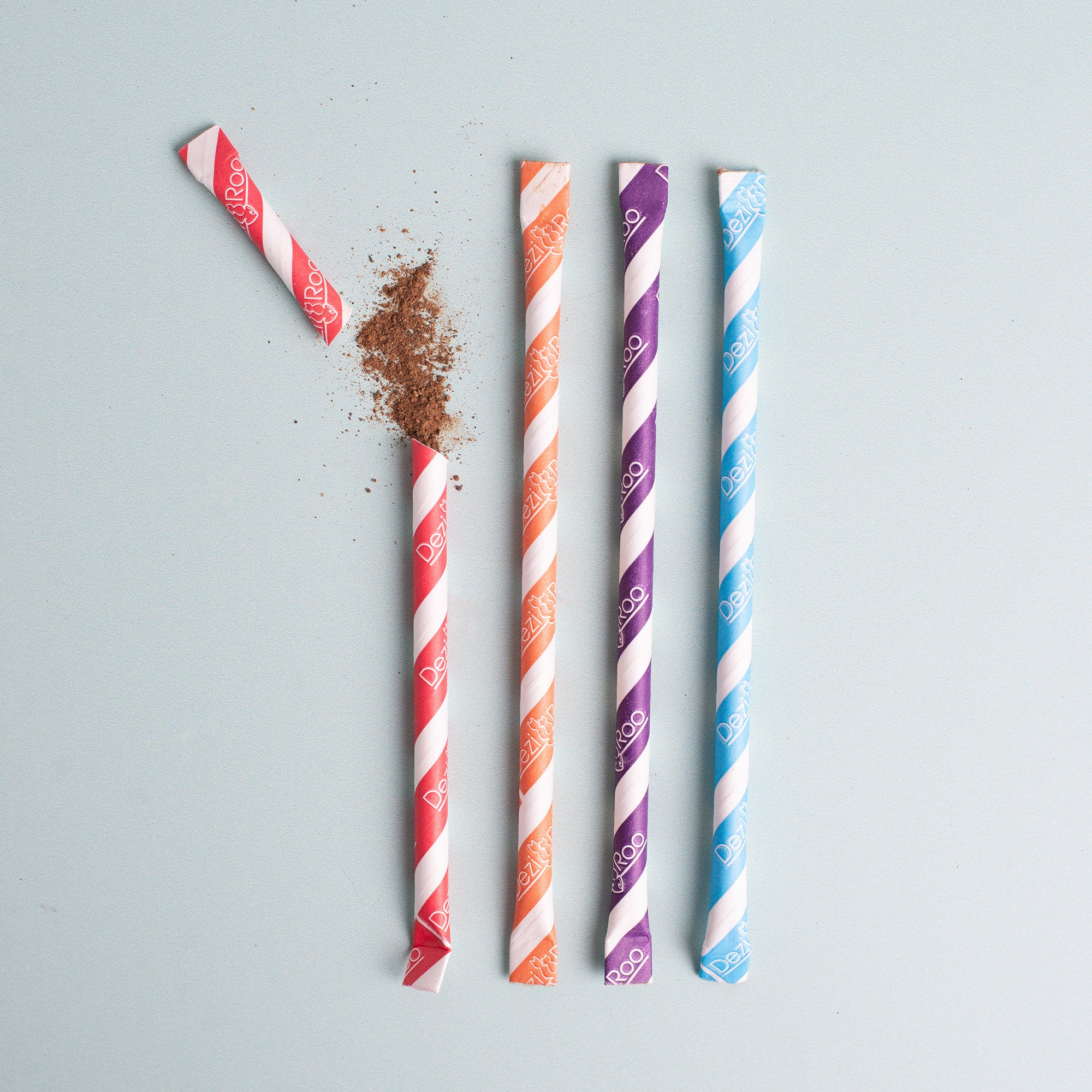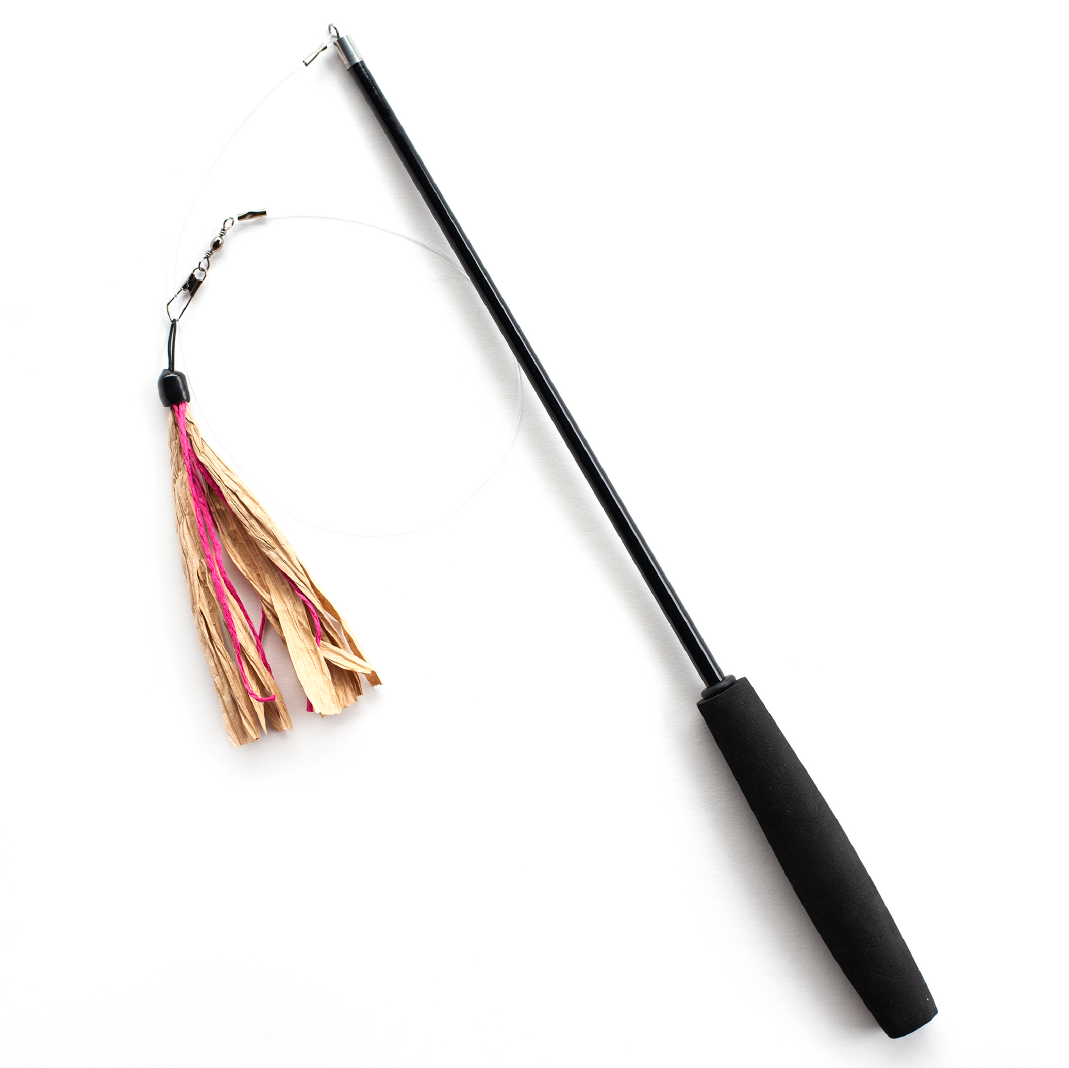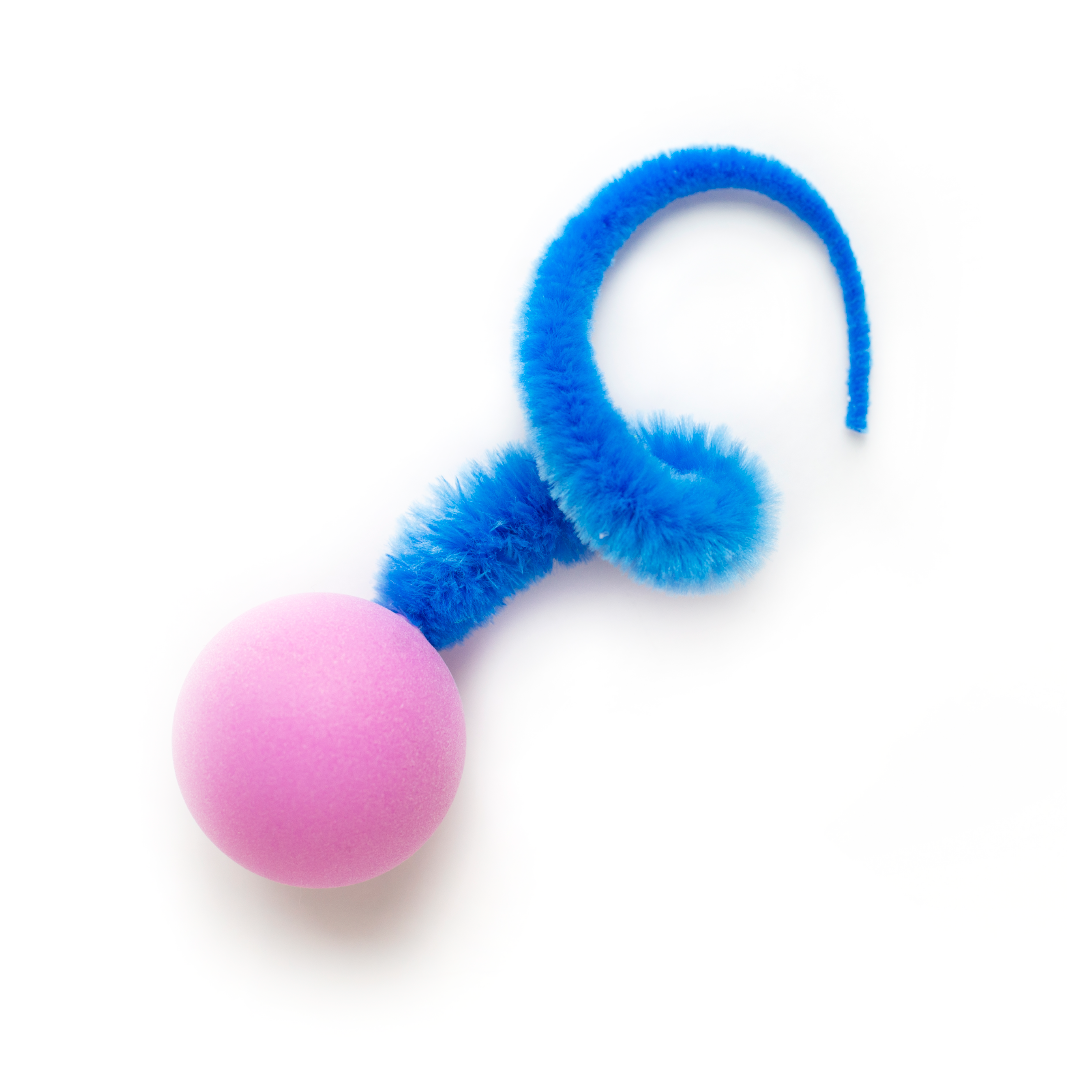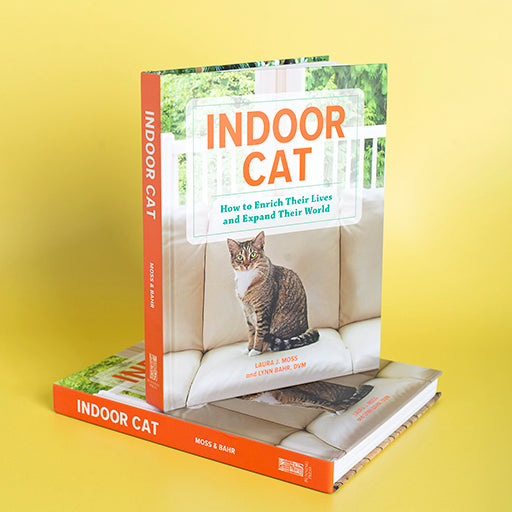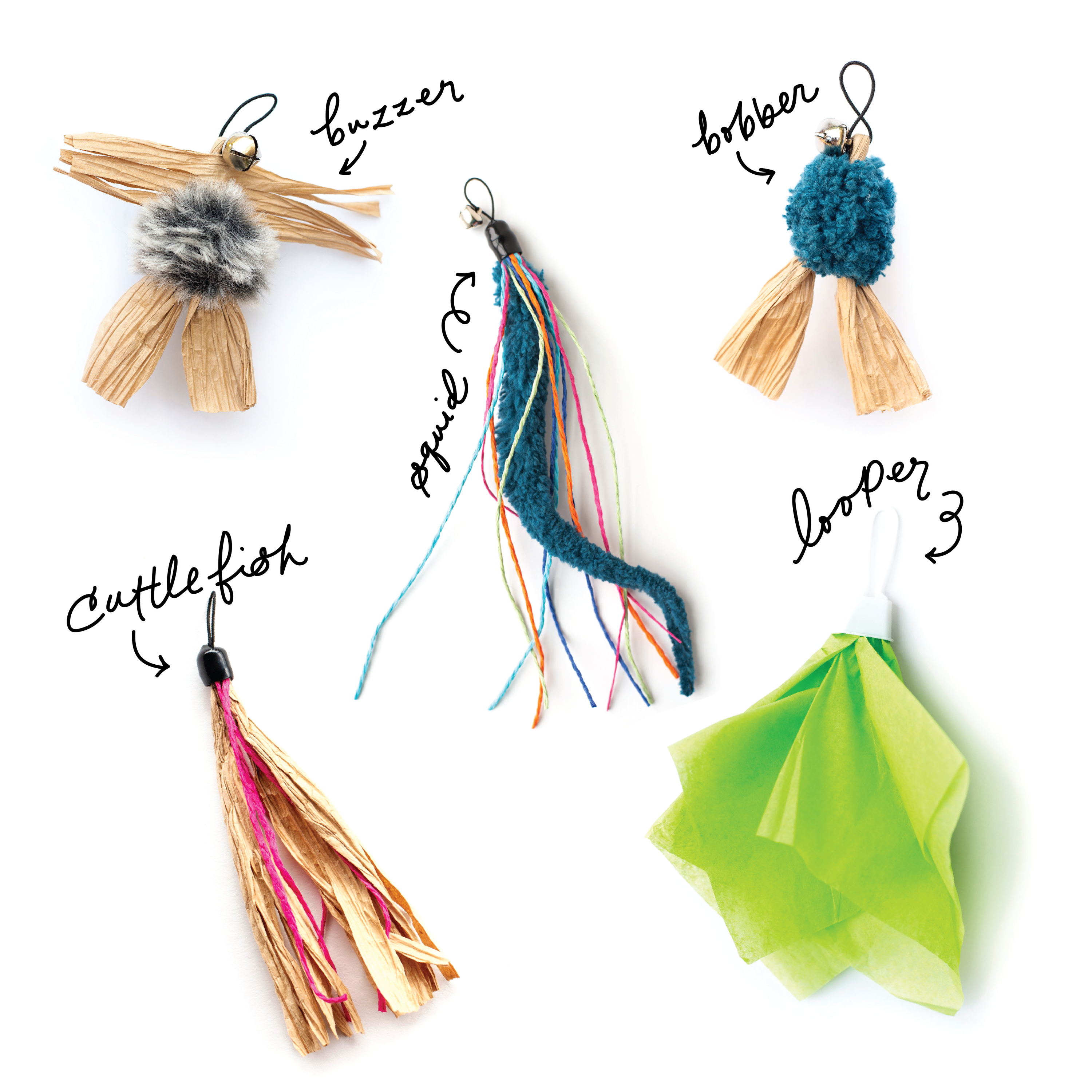Fat or Fluffy Felines?
There are times I find it awkward discussing weight issues with clients. It is not easy telling a pet parent that their beloved furry friend is overweight and suffering from it. Many don’t want to hear it, some take offense, while others feel guilty and beat themselves up over it. No matter the situation, while it is not a favorite subject of mine, it is an important topic given the negative implications it has on health and well-being. Grab a cup of coffee and relax, while you read further about ways in which to pay attention to your cat’s weight and what to do if it is not ideal.

- According to the Association for Pet Obesity Prevention, 59% of American cats are estimated to be obese.
- 15% of cat owners said their pet’s weight was normal when it was actually overweight or obese.
- The five states that rank highest for obese cats are Minnesota, Nebraska, Iowa, Idaho, and Delaware
Is My Cat Too Fat?
Determining if your cat is overweight isn’t as simple as stepping on a bathroom scale. Healthy cats come in all shapes and sizes, and there’s no single “right” weight. Depending on breed and body type, your cat could have an ideal weight range of anywhere from 7 to 25 pounds. The best way to discover if your cat is overweight is by calculating their body condition score. This is something your vet should do at every visit. A body condition score is a number assigned to a cat’s body type ranging from 1-9, with 1 being very underweight and 9 being very overweight. Ideally, your cat will have a body score around 5, indicating the most healthy cat weight.The way to evaluate your cat’s BCS is to view their body silhouette from above and from the side. The key structures to look at are the ribs, spine, hip bones, waist, abdomen and muscle mass. At a healthy weight, you should be able to see your kitty’s waistline (an hourglass figure) from above. From the side, your cat’s abdomen should appear tucked up behind the rib cage.
It is also important to use your hands to feel your cat’s body to evaluate his/her weight and you can do so by placing your thumbs on your cat’s spine and spreading both hands across the rib cage. Ideally, you should be able to feel each rib under a thin layer of fat.
This chart by the WSAVA will help you evaluate your fur baby’s BCS.

Another recommended resource to determine if your cat is overweight can be found on WikiHow's article, How to Determine if Your Cat is Overweight?
Why Are So Many Cats Overweight?
It is quite simple and these are four of the most common reasons that cats are packing on the pounds are:
- They are on the wrong diet
- They are being overfed
- Too many treats
- Too little exercise

1) DIET - Because every cat is different, you should discuss a weight loss diet with your feline's veterinarian. Counting calories is important and your vet can give you the best guidance on how many calories your cat should be consuming daily based on breed, age, lifestyle, and body condition score. Canned food is lower in calories than dry, contains more protein and water which is why it is ideal for helping cats lose weight or stay trim.
It is very important that cats lose weight slowly over time and under the supervision of a veterinarian. That is because overweight cats are prone to hepatic lipidosis or fatty liver syndrome. This can happen when they mobilize accumulated stores of fat that overwhelm their liver and shut it down. Owners should work with their pet healthcare practitioner to determine the amount of weight that needs to be lost and the rate at which it should occur.
2) EXERCISE - With pet obesity at an all-time high, active play and exercise are crucial and we cannot emphasize the importance of it enough. It is the key to prevention, weight loss, and maintenance. “The causes of obesity are varied and complex, but the lack of daily physical activity is an important factor. - Risa Lavizzo-Mourey
Preventing the serious side effects of being obese is easy and fun. All it takes is getting your cat to run, chase, hunt, pounce and play for 5 - 10 minutes, 2 -3 times a day. That's it! Playing with your cat is amusing and entertaining and makes you both happy so why not do more of it together?
Toys that encourage stalking, running and jumping are good for maintaining muscle strength and burning calories. They help release endorphins and can provide an outlet for their instinctive prey-chasing behavior. Wands toys of all kinds are great for getting cats to run and chase. Ball toys like our Wiggly collection also encourage active play and exercise. Chasing laser lights, playing fetch, hide and seek, and other kitty games work well to keep most felines engaged. But remember, they can quickly tire of the same toys so it’s a good idea to have several different ones on hand that you can rotate out frequently. This way they will always have "new" toys to play with.
Indoor cats are at greater risk for obesity due to their lifestyle and they depend on their owners to ensure they have plenty of opportunities to be active. Exercise prevents boredom and makes life more natural for our indoor cats. Check out New Ways to Eliminate Kitty Boredom for a more in-depth look at how boredom affects our indoor kitties.
3) FOOD PUZZLES AND FORAGING - Outdoor cats burn calories while having to scavenger, hunt or beg for their food which helps keep them lean. Giving indoor cats the same opportunities is possible too. Playing with your cat before feeding him/her mimics the lifestyle of a cat that hunts in order to eat. If your cat is more of a scavenger, divide your cat’s food into multiple bowls and scatter them around the house. Cats benefit from the use of interactive toys that dispense food and toys they have to manipulate in order to receive their kibble. These strategies are effective at encouraging both physical and mental activity which is good for both body and mind. There are many creative ways in which to feed indoor cats today and combining many different strategies might be the best way to go.

Is There Anything Else I Can Do?
Stay well informed. Because obesity can be defined as an excess of body fat that is enough to impair health, welfare, and quality of life, it is critical that pet parents help their cats maintain their ideal weight. While diet is an essential element, it is no more important than adequate exercise, play and the opportunity to be fit and active.
October 11, 2017, is National Pet Obesity Awareness Day and the Pet Obesity Prevention Organization is conducting an online survey and looking for input from cat owners like you. Visit their website for the most current information on the pet obesity problem and you will also find lots of tools and articles to help you keep your cat fit and healthy.
We are curious what BCS you would rate your cat and what is the most important reason for it? If your cat is at its ideal weight what contributing factors do you think matter most and what advice would you give owners whose cats are overweight? We would like to hear from owners whose cats are obese to learn more about what challenges they face that make it difficult for them to keep their cats lean. Leave your comments below.
Share:
1 comment
-
I’d say that based on the chart illustrations, there is a 4 and two 5s here, which is very good being as they’re 10, 13 and 14! They eat high quality wet food 3x a day — 1 5.5 oz can per cat per day total — and have high quality dry free choice, which they eat minimally. They also have a cat fountain and 3 bowls of water to choose from, and all of them do drink and enjoy the water. They have lots of toys, cat furniture, and scratching surfaces, a big house, and lots of windows with 2 window perches.
jmuhj on

